
Plate 16. c‘We covered our boat with green leaves, so that from the air it might look like an island. The Germans didn’t see us, but one of the guncrews on the cutter lost its nerve and fired off a salvo. The planes turned full circle and started to drop their bombs randomly in the water.’
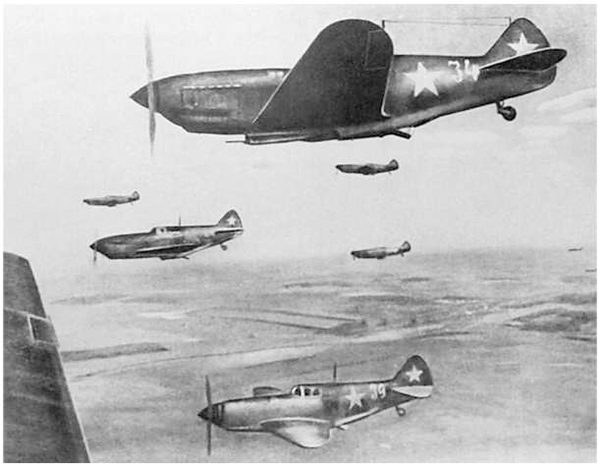
Plate 17. A formation of Yak-7 fighters goes into battle. The Yak-7 first saw action in the skies above Stalingrad during the summer of 1942. It was a more powerful version of the nimble Yak-1 - an aircraft which, in the hands of a good pilot, was a match for the feared German Me-109.

Plate 18. At the start of Operation Uranus one German officer saw ‘masses of Soviet tanks and waves of infantry in quantities never before seen‘. Vasily Grossman described the onslaught as ‘two hammers, one to the north and one to the south, each composed of millions of tons of metal and flesh.‘
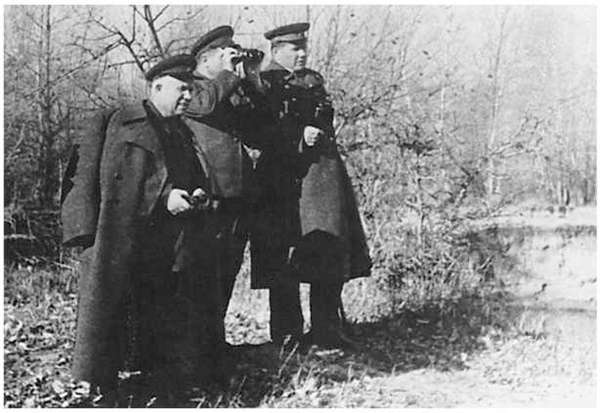
Plate 19. Uranus was a triumph for Andrei Yeremenko (right), commander of the Stalingrad Front. Here he is pictured with Nikita Khrushchev (left), the future Soviet leader who was at that time Stalin‘s ‘Stavka representative‘. Jointly they had appointed Chuikov to his command.
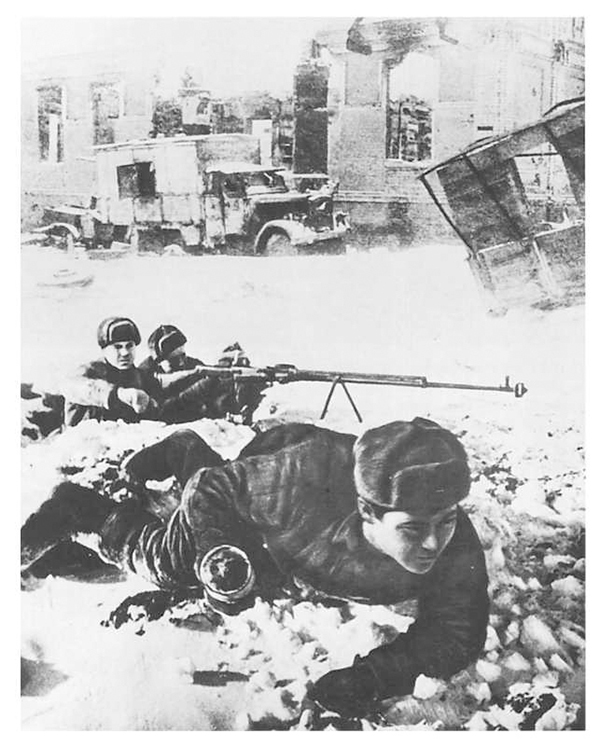
Plate 20. Some of the Russians‘ warlike rituals were suspended in the special conditions of Stalingrad: ‘We never shouted “For Stalin and the Motherland" when we went in. It would only alert the enemy and put him on his guard. Much better to creep up close and attack out of the blue.‘

Plate 21. Soviet propagandists made the most of the predicament of the Sixth Army. This cartoon was intended for the Russian public. Against the background of a map of the encirclement, Hitler is portrayed as a babushka who wails: ‘I lost my ring - and there are twenty divisions in it!‘
Plate 22. General Hoth led the tank force that was sent to break through to Paulus. In one of the final engagements of Operation Winter Storm, he hurled 60 tanks against Russian naval infantry - who fought in their striped vests to show their contempt for the cold and for the enemy.

Plate 23. Kurt Reuber sent this painting home with a wounded comrade. He included with it a last letter to his children. cThe Fortress Madonna is for you all,‘ he wrote. Mother can tell you how good it is if a person has a fortress inside him to keep him going when times are bad. ‘
Plate 24. We‘re coming to the end and every one of us knows it,‘ wrote one desperate German soldier from the frozen Kessel. We‘re not allowed to surrender, so everything is falling apart. Even now it would be possible to save 200,000 of our comrades, but they‘re going to be sacrificed.‘
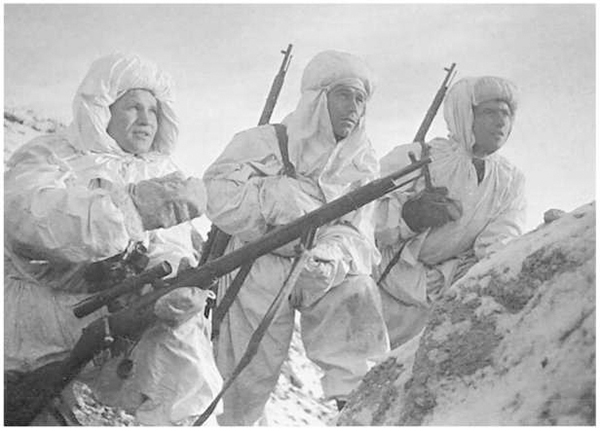
Plate 25. The Russians were very adept at camouflage. In the Russian winter they used the white of the snow,the dark of the night, and the noise of the battle to hide their movements. Men such as Vasily Zaitsev (on the left), the star sniper of the 62nd Army, became true masters of the art.

Plate 26. German troops watch expectantly as a transport comes in to land. The supply chain was chaotic. On one occasion, two Junkers arrived with four tons of marjoram and pepper. ‘Maybe we can use the pepper in hand-to-hand fighting,’ said the rueful quartermaster.
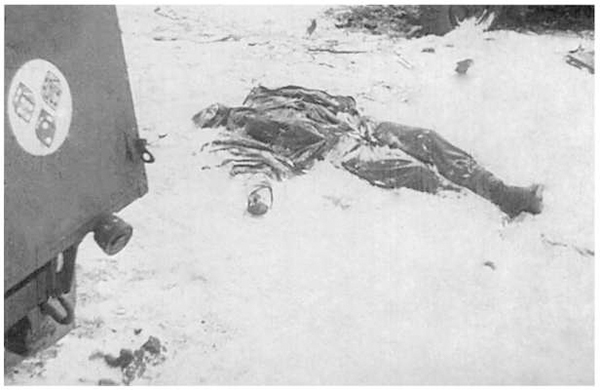
Plate 27. Inside the Kessel, the unburied dead lay everywhere. A corpse was just a bump in the road. As the Russians closed in, loudspeakers blared the same looped message: ‘Every seven seconds a German soldier dies at Stalingrad... Stalingrad is a mass grave... Every seven seconds..."

Plate 28. The devastation of Stalingrad was so extensive that there were suggestions that the ruins be abandoned, or preserved as a monument, and a new city built elsewhere. German prisoners were put to work removing dead bodies and clearing mines as soon as the fighting stopped.

Plate 29. Paulus (left) on the day he became the first German field marshal ever to surrender to an enemy. In all, 22 generals were captured at Stalingrad. Right behind Paulus is his chief of staff, Arthur Schmidt, who remained an implacable Nazi throughout his years of captivity.
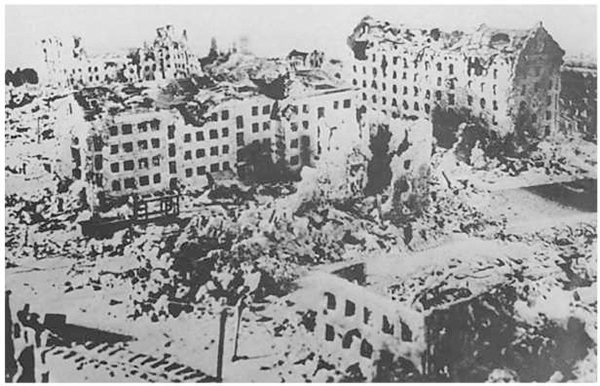
Plate 30. Barely a single building was left intact in Stalingrad, but almost 8,000 civilians were found still to be living in the ruins of the city at the end of the battle. Many of these survivors were traumatized, severely malnourished, or else sick as a result of eating dead cats and dogs.
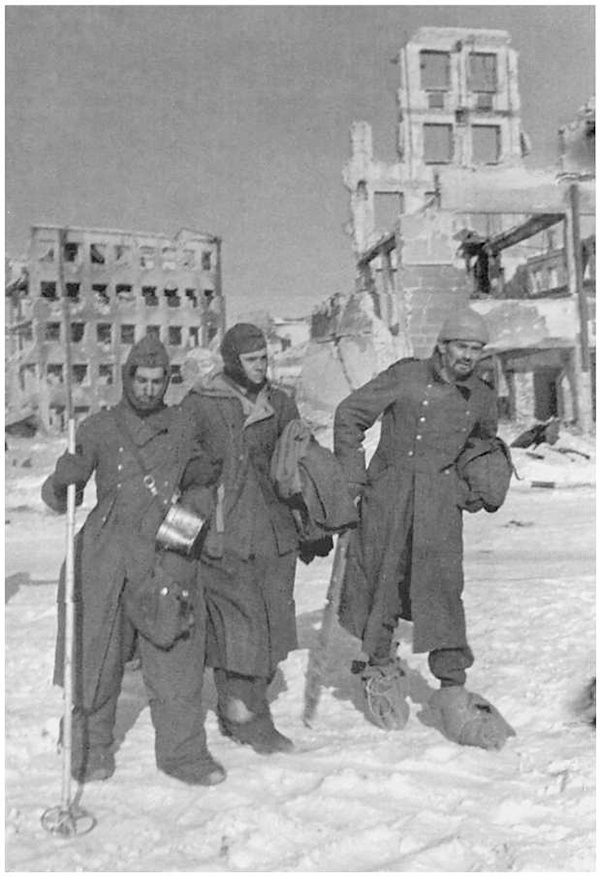
Plate 31. German soldiers taken prisoner at Stalingrad became part of the vast gulag nation. They were all treated as criminals. Very few survived the longyears in prison camps and the forced labour: only 5,000 or so of the 91,000 who surrendered ever made it back home.













